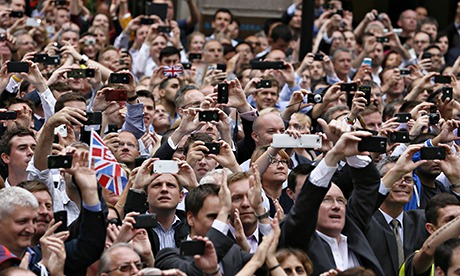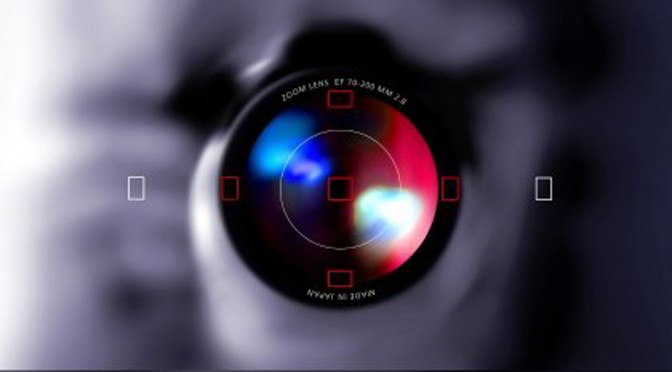Videos are intuitive, natural and come second-nature to viewers
Why not take advantage of one of our essential senses – vision. Having a visualized form of data that is presented in a narrative manner allows your audience to easily comprehend quite a bit of information in a short amount of time. Most videos, animated or not, that combine interesting content, striking imagery and upbeat music greatly enhance one’s understanding and retention of complicated information.
Motion graphic videos demonstrate complicated ideas quickly.
Presenting clear, comprehensive information is a critical piece of successful content marketing. Captivating motion graphic videos can cut through the overwhelming amount of hodgepodge and make the content definitely digestible. According to Statistic Brain, in 2000, the average person’s attention span was 12 seconds, while it is down to 8 seconds in 2013. That’s a staggering 33% decrease in one year. Now, let’s put that into perspective. If the average video length is 2.7 minutes, will your audience spare the time to watch it in 2014? Internet users want their content now and will not wait around to read pages upon pages of information about a product or service they need. With the popular six-second Vine videos and Instagram’s 15-second videos, this generation of Internet users will surely demand a lot in a very short timeframe. So, make sure you hook them in the very beginning.
Complex data, numerous facts and figures are easily digestible through motion graphic videos.
Our brains can only process a certain amount of large numbers and information at a given time. This is where visual aids come in to play. Motion graphic videos, like OpenText’s, allow viewers to easily understand information by breaking it down into a more comprehensive presentation or narrative. An interesting combination of text, images, music and sometimes, a voiceover, will focus your audience’s attention on significant facts and data instead of forcing them to read several lines of text.
Videos can heighten product and service awareness up to 40% and increase “shareability”.
According to Hubspot, 40% of people will respond better to visual information than plain text. Just one month after the introduction of Facebook timeline for brands, visual content – photos and videos – saw a 65% increase in engagement. In the current age of responsive design and everyone having a mobile device that can connect to the Internet, it’s important to give your audience easier accessibility to view and share videos from any page on a website. You may also need an SEO company like Victorious to help your videos rank on the web to get before your potential customers.
By placing your video on reliable outlets, you have the ability to reach over a billion unique users and visitors each month.
YouTube is the obvious choice for spreading video content. With over a billion unique users and visitors each month, you can guarantee that someone who is interested in your message will see your content on any tech device you can think of. There are also big viewer numbers involved when you share your content on social giant Facebook. According to ComScore, Facebook had 87,005 unique video viewers in the month of April, coming in second only to Google. Even AOL and Yahoo had higher numbers than the motion graphic video-heavy site, Vimeo.
Don’t forget the new tools and non-standard platforms to spread your content.
The founders of YouTube have created MixBit, a new format that allows you to combine your 16 second clips and remix them with any other video in the MixBit community to make one short video. This is an interesting platform to see how your video’s segmented sections can enhance other people’s videos. If any of the videos reach the elusive viral stardom, your piece could be a part of the show.
Pinterest is also an interesting platform to share and pin your motion graphic videos. Not many people know that you can actually pin videos from YouTube and Vimeo, so take advantage of those avenues to spread and share your content.
Motion graphic videos can create memorable stories that will generate buzz for your brand.
When planning out a motion graphic video, it is important to have a detailed and well-thought out storyboard to set the foundation for the unique visual elements your project team will produce. When the story has a captivating narrative, engaging content and useful information, you can ensure that your audience will enjoy and better comprehend your product or service.
See some of the best animated infographic videos of the world
Check out some of the animated infographic work we’ve done for our clients.
Check out some of the motion graphic videos we’ve done for our clients – Pilot Flying J, Carpathia, Half-Off Depot, ProNova, ABT Molecular Imaging, VMWare and Transilience HD


